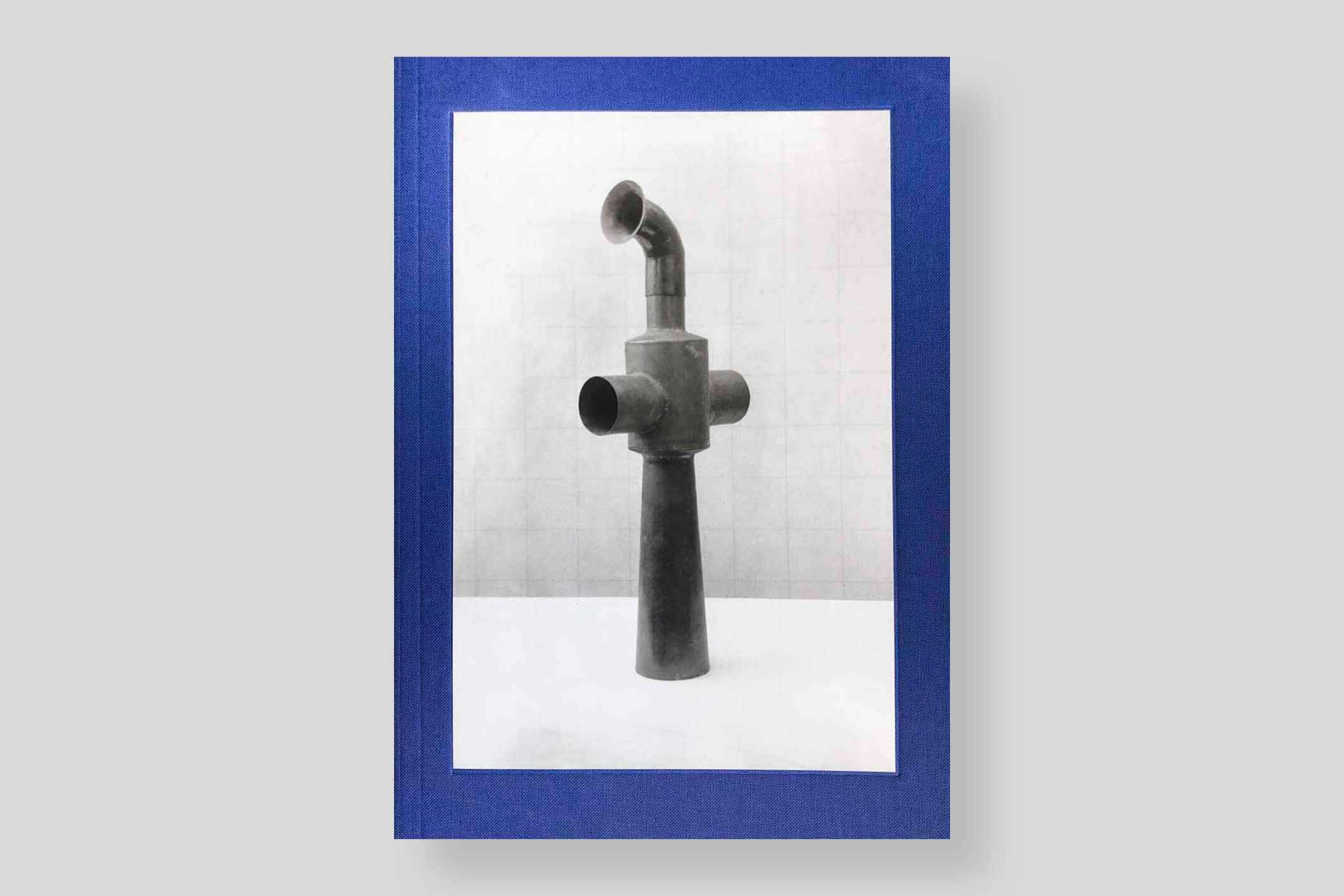
Scrapbooks
49,00€



In stock
Standard delivery 3 to 7 days

Publication date : 2022/09/24
Dimensions 11 x 17 cm / 192 pages
92 photographs and a 24 entries glossary in English
ISBN 9782492175220
A Cookbook, with no recipes.
A visual journey into the heart of the American military junk food factory.
BETTER FOOD FOR OUR FIGHTING MEN contains a selection of images, produced mostly in the 1970s and 1980s, from the archives of the U.S. Army’s Natick Soldier Research, Development and Engineering Center near Boston, Massachusetts. The center is still operational today, and employs both military personnel and civilian contractors in its mission to improve the daily lives—and diets—of American soldiers. For the world’s most formidable army, feeding the troops is fraught with logistical, psychological and food safety challenges. Bacteria is an enemy; supply chains are vital, intricate delivery systems. The goal is to provide sustenance and boost morale across the full range of terrain and troop configurations, from mess halls for the officers and selfservice buffets for the rank-and-file to battlefield canteens and survival rations for commandos behind enemy lines.
Solving this logistical puzzle is like trying to stuff a square peg into a round hole: once you have devised ways to optimize the daily nutritional requirements of the bodies in question, you need to work out the best solutions for preserving and transporting the food, and still guarantee a minimum level of flavor to keep the soldiers happy.
Irradiate, dehydrate, thermostabilize, compress, preserve, rehydrate, heat up, dish out… These images document the experiments developed by nutrition and logistics experts in the Army’s “food science laboratories,” their taste tests and focus groups, their stylized pack shots of the meals they designed.
A glossary with 24 entries explains some of the acronyms used in the image captions,describes the staples of a typical soldier’s diet and traces the new technologies that enabled the food industry to manufacture and supply those rations. As is often the case, the innovations developed by the U.S. military had multiple applications in civilian life, many of which are manifest on the shelves of supermarkets today.
Bon appétit.

Scrapbooks
49,00€

Inventions, 1915-1938
39,00€


SOMETIMES - SERIGRAPHY
180,00€


MIGRATIONS - GIVORS
25,00€